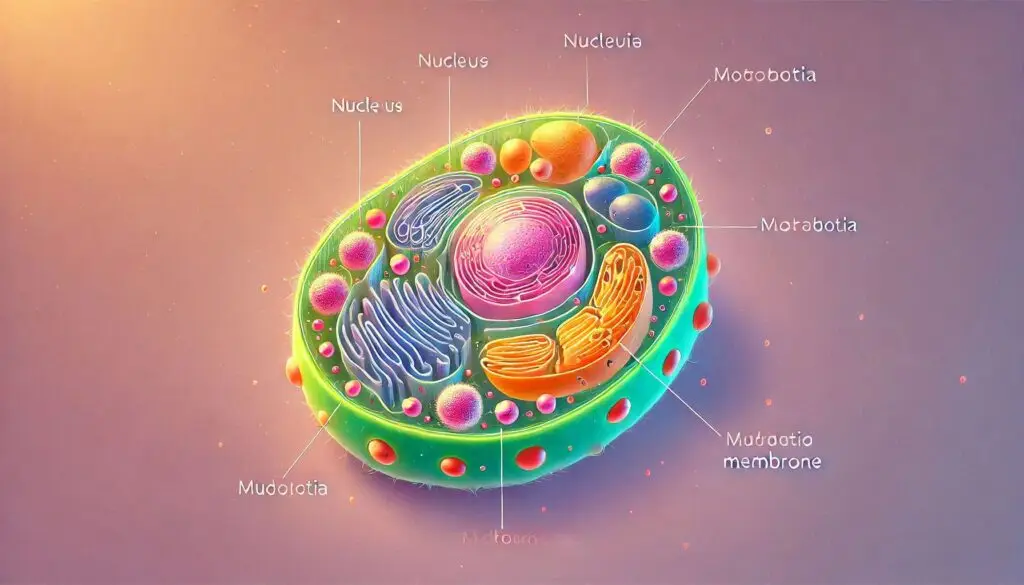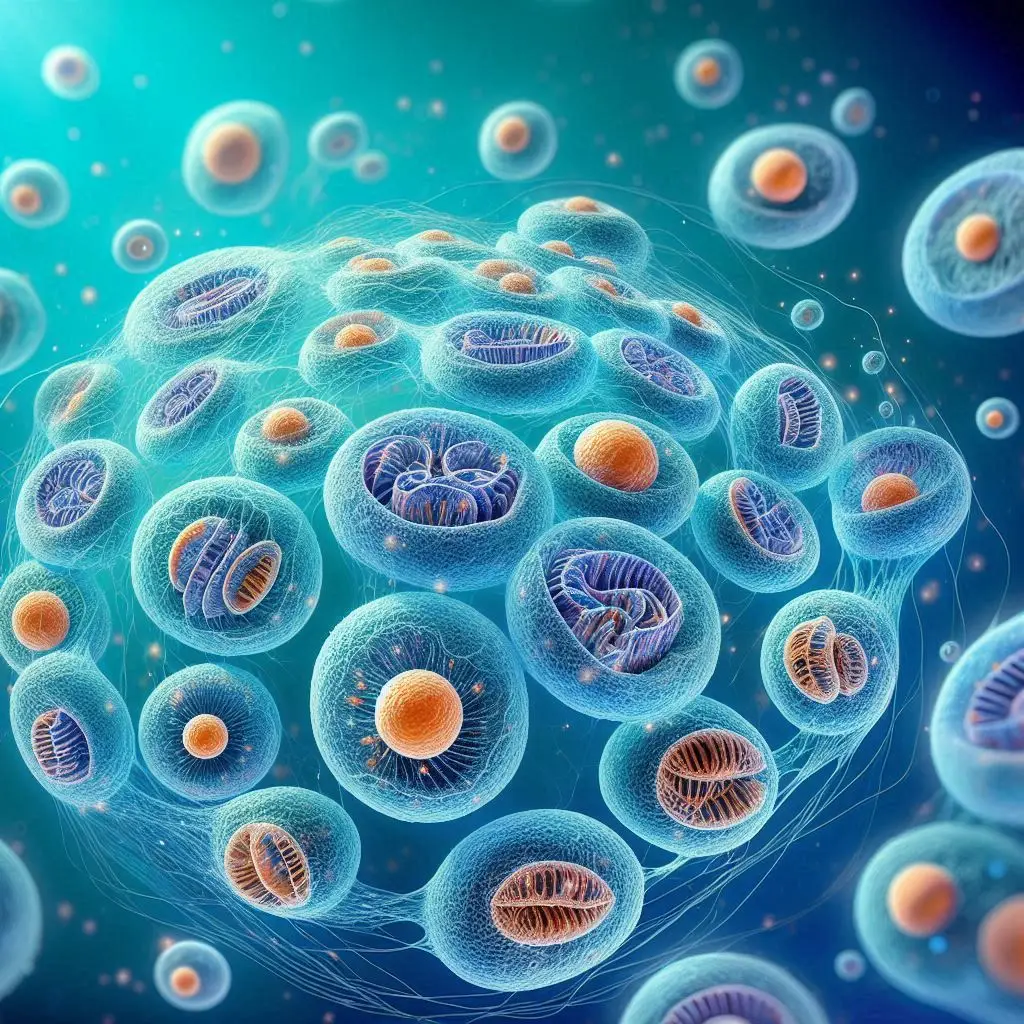Mitosis

Introduction to Mitosis
Mitosis is a crucial process in biology that allows a single cell to divide into two identical daughter cells. The mitotic process is vital for growth, tissue repair, and reproduction in many organisms. Understanding mitosis helps us appreciate how life develops and maintains itself. This article will explore the phases of mitosis, its significance, and its applications in various fields.
Why Mitosis Matters
Mitosis plays several key roles in living organisms:
- Growth: It enables organisms to grow from a single cell into complex structures.
- Repair: It replaces damaged or dead cells, ensuring tissues remain healthy.
- Asexual Reproduction: Some organisms reproduce without sex through mitosis, creating clones.
For more details on the importance of cell division, you can refer to National Geographic.
The Cell Cycle and Mitosis
What is the Cell Cycle?
The cell cycle consists of several stages that a cell goes through as it grows and divides. The main phases include:
- Interphase: The cell prepares for division.
- Mitosis: The actual division of the nucleus.
- Cytokinesis: The division of the cytoplasm.
During interphase, cells spend most of their time growing and replicating their DNA. This phase is crucial because it ensures that each daughter cell receives an identical set of chromosomes.
For more information on the cell cycle, check out Khan Academy.
Phases of Mitosis
Mitosis can be broken down into several distinct phases. Each phase has specific events that lead to successful cell division.
1. Prophase
During prophase, chromosomes condense and become visible under a microscope. The nuclear envelope begins to break down. Meanwhile, the mitotic spindle forms from structures called centrosomes. These centrosomes move to opposite poles of the cell.
Key Events in Prophase:
- Chromosomes condense.
- Nuclear envelope disintegrates.
- Mitotic spindle forms.
2. Prometaphase
In prometaphase, the nuclear envelope completely breaks down. Microtubules attach to kinetochores on the chromosomes. Kinetochores are protein structures on the chromosome that help in movement during cell division.
Key Events in Prometaphase:
- Complete breakdown of the nuclear envelope.
- Microtubules connect to kinetochores.
3. Metaphase
Metaphase is characterized by the alignment of chromosomes at the metaphase plate, which is an imaginary line in the center of the cell. This alignment is crucial for ensuring that each daughter cell receives one copy of each chromosome.
Key Events in Metaphase:
- Chromosomes align at the metaphase plate.
- Spindle fibers attach to kinetochores.
4. Anaphase
Anaphase begins when sister chromatids are pulled apart toward opposite poles of the cell. This separation ensures that each new nucleus will have an identical set of chromosomes.
Key Events in Anaphase:
- Sister chromatids separate.
- Chromatids move toward opposite poles.
5. Telophase
In telophase, chromatids reach the poles and begin to de-condense back into chromatin. The nuclear envelope re-forms around each set of chromosomes, completing the formation of two nuclei within one cell.
Key Events in Telophase:
- Chromatids de-condense into chromatin.
- Nuclear envelopes reform around each nucleus.
Cytokinesis
Following mitosis, cytokinesis occurs. This process divides the cytoplasm and organelles between the two daughter cells. In animal cells, a contractile ring forms to pinch the cell into two separate entities.
For further reading on cytokinesis, visit Nature Education.
Mitosis vs. Meiosis
While mitosis creates two identical daughter cells, meiosis produces four genetically diverse cells with half the number of chromosomes. Meiosis is essential for sexual reproduction and genetic diversity.
Key Differences:
| Feature | Mitosis | Meiosis |
| Number of Cells | Two | Four |
| Chromosome Count | Same as parent | Half of parent |
| Genetic Variation | Identical | Diverse |
For more information on meiosis, check out Biology Online.
Applications of Mitosis Research
Understanding mitosis has significant implications in various fields:
Cancer Research
Cancer results from uncontrolled cell division. Studying mitosis helps researchers understand how cancer cells proliferate and how to develop treatments that target these processes effectively.
Regenerative Medicine
Research into mitosis can lead to advances in regenerative medicine. By understanding how to control cell division, scientists hope to develop therapies that can regenerate damaged tissues or organs.
Genetic Engineering
Mitosis knowledge aids genetic engineering efforts by allowing scientists to manipulate cellular processes for desired outcomes in agriculture and medicine.
For insights into cancer research related to mitosis, refer to American Cancer Society.
Conclusion
Mitosis is a vital biological process that ensures life continues through growth and repair. By understanding its phases and significance, we gain insight into how organisms develop and maintain themselves at a cellular level. As research continues into this fundamental process, we can expect advancements in medicine and biotechnology that will enhance our understanding of life itself.
For more pearls of Vets Wisdom:
Genes and DNA






Responses